

Most people today don’t tend to put a lot of thought into the many types of buttons which are widely available in the marketplace. That is until they either have to replace a lost one or need to add some to a garment they’ve made or purchased. Either way, once you start looking into buttons, you will find that there are many styles to choose from, and determining which ones to use can be overwhelming, especially when you take into consideration that they come in various sizes, shapes, and materials.
Before we dive into the current world of buttons, let’s take a look back a little into the history of buttons. You may find it interesting to know that buttons weren’t widely adopted until the 14th century, after the invention of the buttonhole in the 13th century. Up until that point, they were largely ornamental, if they were used at all. Typically, garments were fastened together with brooches or clasps. Once they took a grasp hold on the fashion world, however, they very quickly became a way to display wealth and rank and were frequently made of gold, silver, or ivory for the highest classes of society. While those who could not afford such luxuries used buttons made from wood or shell.
As buttons became more widely adopted, they were embellished upon with ivory, tortoiseshell, and jewels. Potters and silversmiths even were known to use them on their vases. During the 19th century, a less costly steel button made its way into the market place making them even more widely available to lower classes.
Many people collect buttons today as a hobby. Whether it is for nostalgia purposes or eventual use on a garment, once you start collecting buttons, you won’t be able to stop. Storing your collection is often important to ensure they are not collecting dust or being affected by the elements. Storing groups of buttons in clear bags within a covered basket will help keep them pristine. Sewing baskets will help you keep your buttons stored neatly.
Fast-forward to the fashion world today, and you will find a vast array of options available in the industry. The following information is sorted first by information regarding choosing the right size of a button, followed by the design of the buttons, meaning their function, and then by the materials they can be comprised of.
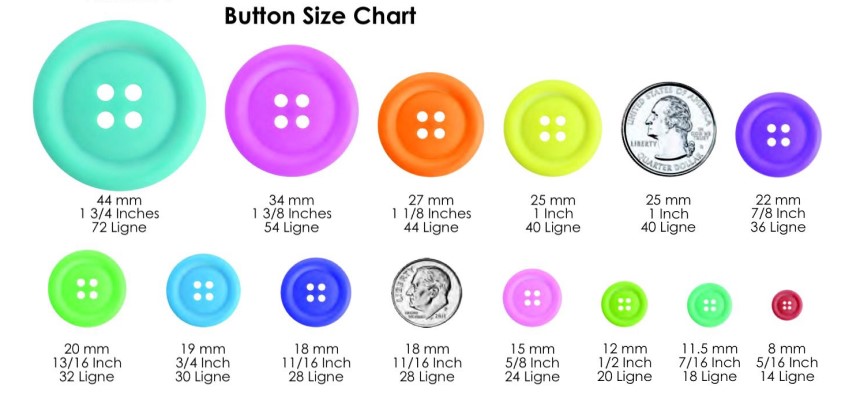
The size of the button will be dependent upon whether you are replacing an existing button, have a pattern that requires a specific size, or if you are simply adding buttons strictly of a decorative nature.
If you are replacing an existing button, simply measure the original button if you have it, or you can always measure the garments buttonhole. This will point you in the direction of the size you will need. For general guidelines when measuring your existing buttonholes to determine the size button, you should reference the following:
If you are adding buttons to a garment that doesn’t provide you with directions to include them, you will need to determine the number and position of the buttons to properly assess the size you should use.
Good buttonhole practices to live by when adding them into a garment include making a test buttonhole in the fabric that is as close to your actual garment as possible and the appropriate place for buttons. What I mean by that is on women’s garments, buttons are on the left front of a garment, and the buttonholes are on the right front. For men’s garments, it is the exact opposite. The most popular theory for this is that men were used to holding weaponry while dressing and needed their buttons on the right-side allowing for easier access between their swords and guns, although this has not been proven to be entirely accurate.
Button sizing is handled through a measurement referred to as “ligne.” It is a very small measurement taken across the diameter of a button. Button size is written as a number followed by an L. The American Sewing Guild Trusted Source Button and Buttonhole Positioning Button and buttonhole placements can sometimes be confusing. If the button and buttonhole are placed incorrectly, the garment may be too tight, too loose, or create gaping. www.asg.org has a lot of great information regarding the best way to place buttons within a project.
Design is another important element of your decision; the type of button design can subtly or drastically increase the aesthetic of a garment after all. Below you will find a list of the most commonly used button designs available for purchase today. When looking for the right design of a button, you are going to want to keep in mind how you want the garment to drape, is it comprised of a heavier fabric or a lighter fabric, and finally is the shape of the garment going to put any stress on the buttons that are being used.
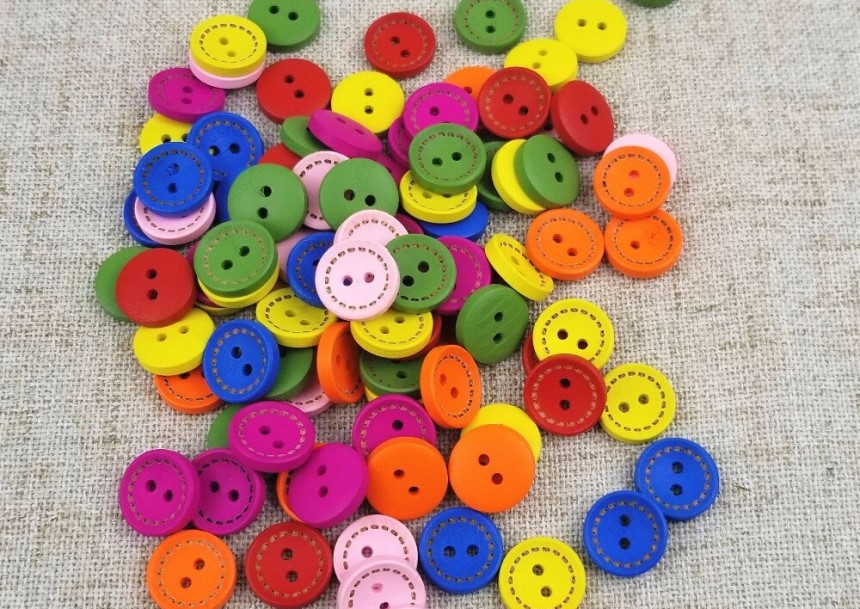
Given the simplicity of the process to create these buttons, the sky truly is the limit when it comes to what they could potentially be made from. Flat buttons are used in a variety of garments, including formal wear, such as men’s dress shirts. A general rule of thumb for application is that the 2-hole flat button should be used for lighter garments, and the 4-hole flat button should be used for heavier garments. Flat buttons are also a preferred button type by large manufacturers as they can be attached to the garments with a sewing machine or by hand.
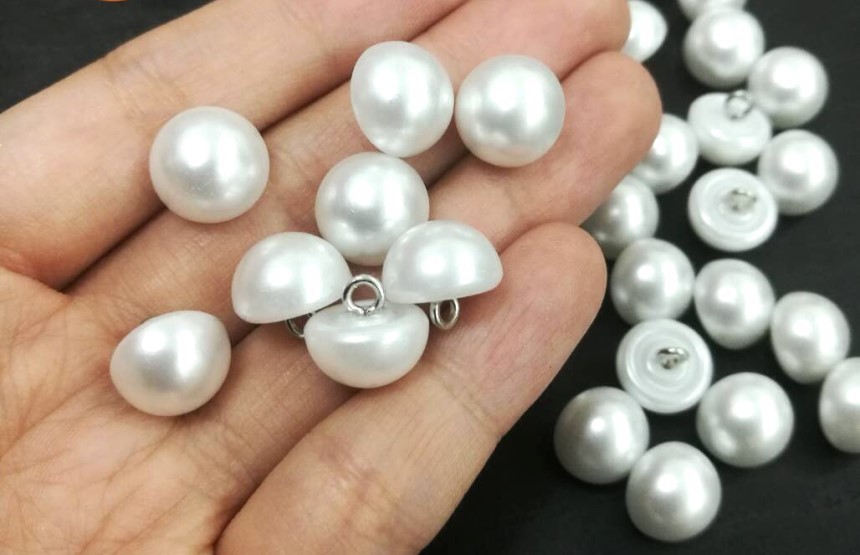
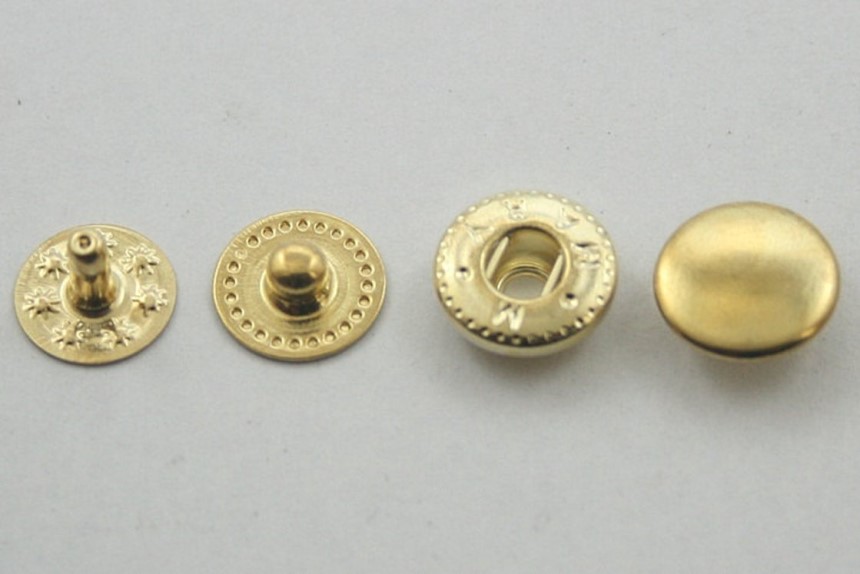
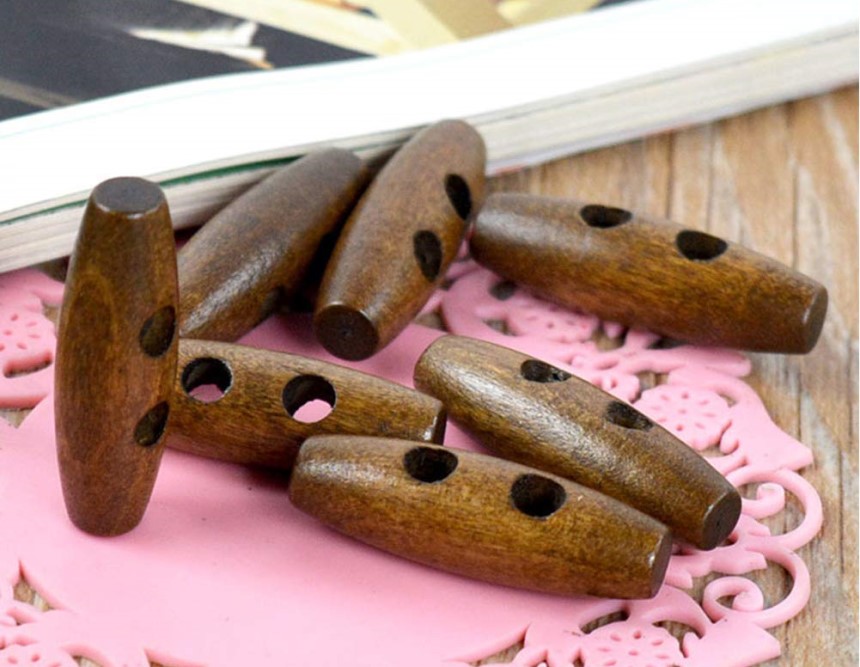
One of the wonderful things about toggle buttons is that they don’t require buttonholes in the garment. In fact, they are rarely required when using these types of buttons. If you have a garment that is slightly too large or won’t remain shut, you can easily add toggle buttons to it so that you can now close the garment. They can be made from many kinds of materials, such as natural horn or resin that looks like a horn.
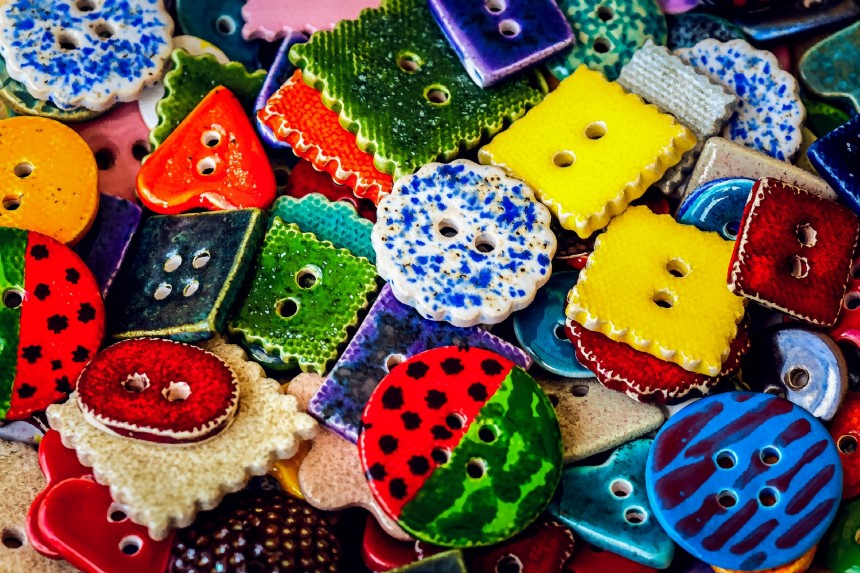
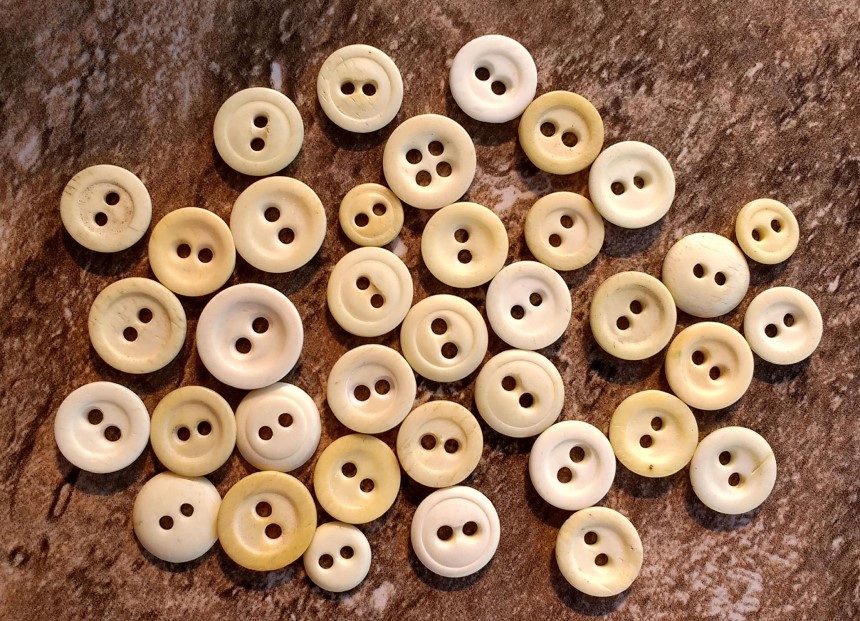


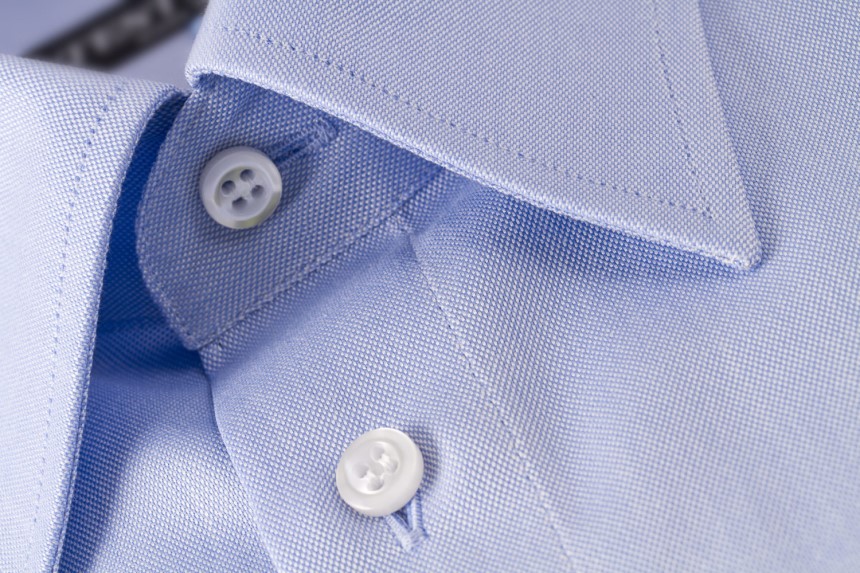
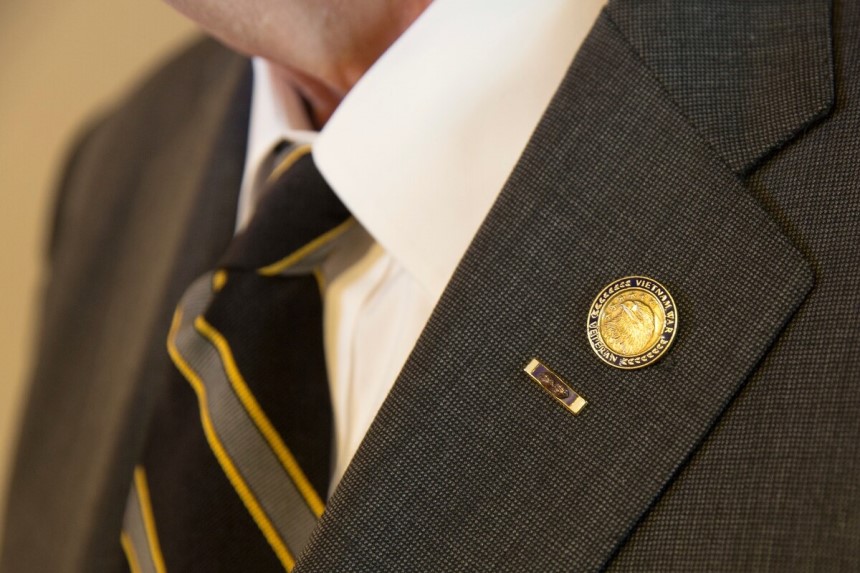
In more recent years, they have been a collector’s item for many and can be found in all kinds of characters, shapes, and sizes. You can even find a mickey mouse or betty boop one if you search hard enough. If you are a collector or wish to become a collector, check out your local thrift stores for older lapel buttons.

The material the buttons are made from is also equally important when deciding on which type of button you should purchase for your garment. You can add a touch of sophistication to your garment through the addition of a pearl button or go for an adorable look on a child’s sweater with the addition of plastic buttons in the shapes of caterpillars. In the last portion of this article, we will review the various materials a button can be made from.

Plastic buttons remain the most popular button choice today amongst shoppers as well, due to the vast array of options available in the marketplace as well as the fact that they aren’t hard on their wallets either. You can also find quite a lot of plastic buttons which have been created to resemble a child’s favorite character or perhaps your favorite fruit. Plastic buttons can be used to play up a garment if you want to go a fancy route, or they can blend in easily to the fabric and hardly be noticed as you can get them in any color you choose.
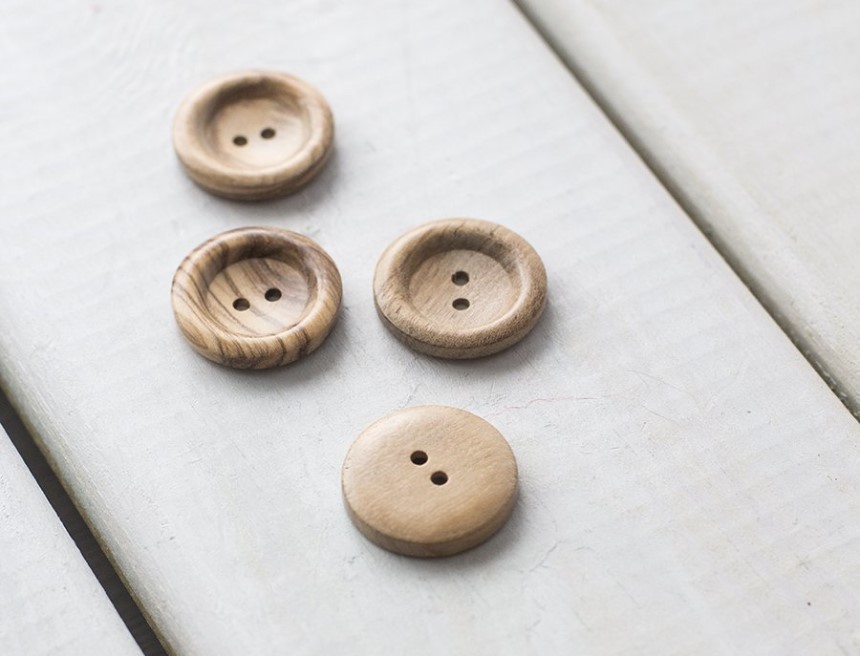
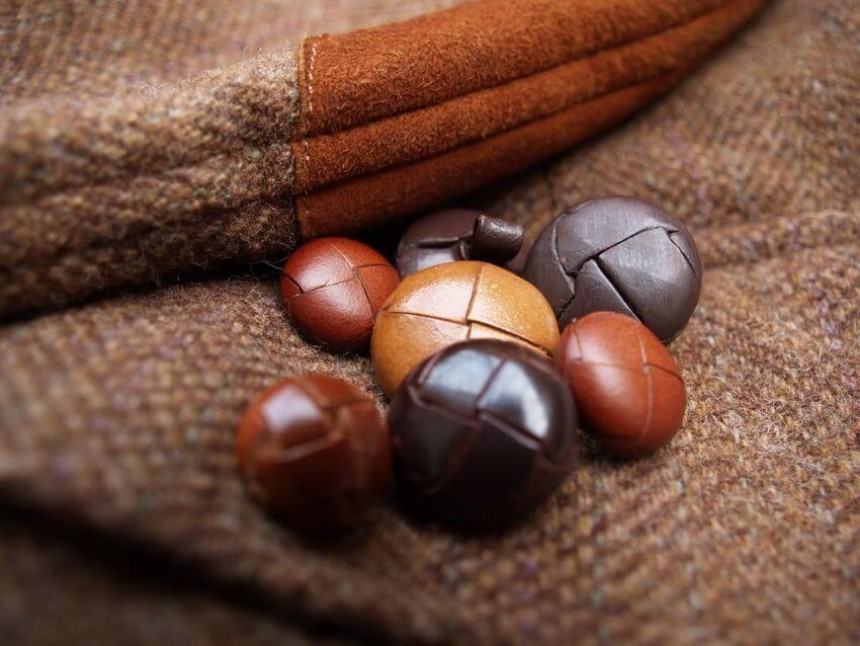
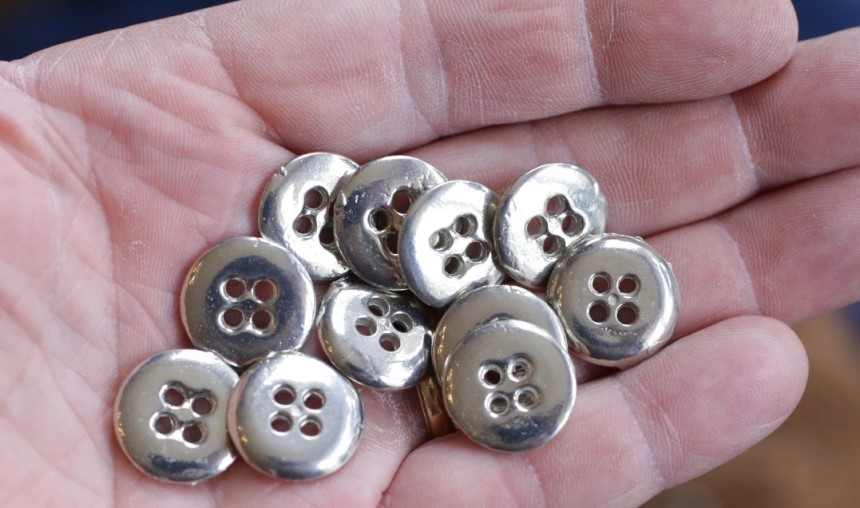
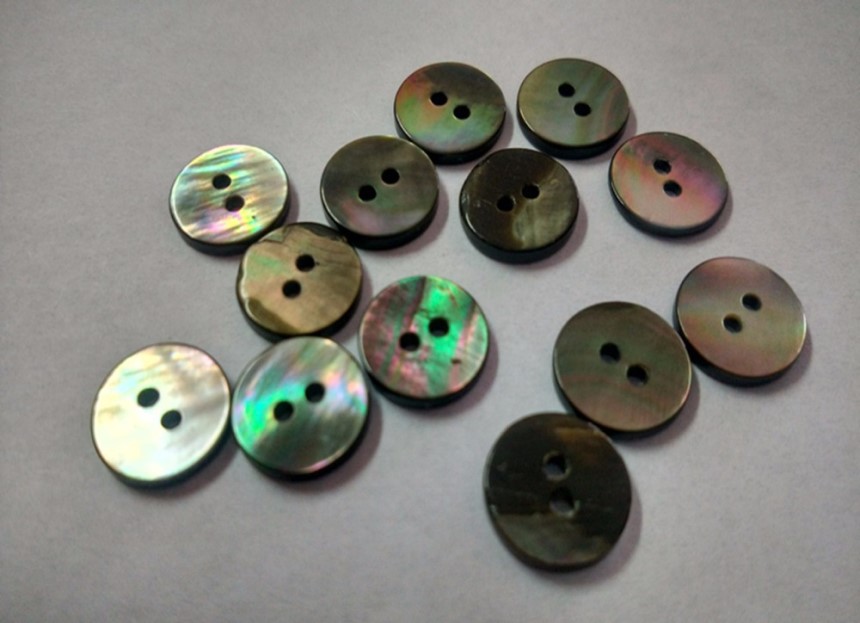
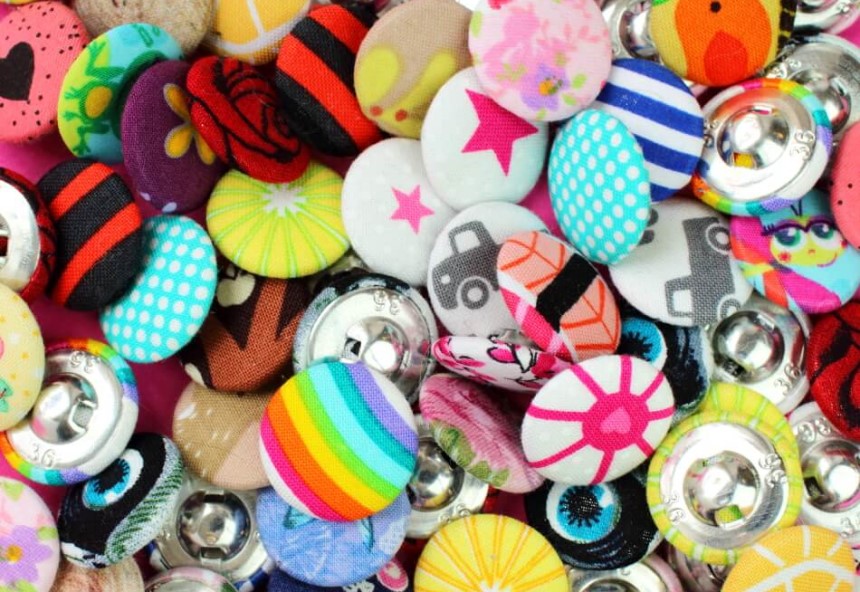
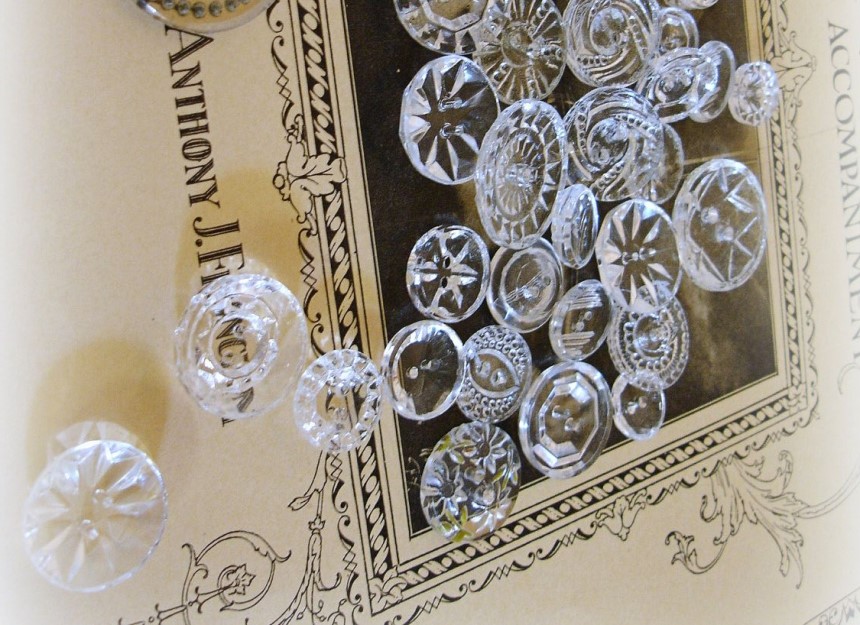
At the end of the day, choosing buttons for your garments is a critical choice. The right button can set the entire tone for your garment, while the wrong one can create a look that just isn’t what you were going for. Keeping a supply of buttons at your disposal is an easy way to make sure that if you aren’t quite happy with the result, you can easily change them out.
Whether you are new to the world of buttons or a novice, it’s important to have the right tools at your disposal. Sometimes finding those tools is an adventure of its own. Often it can feel overwhelming and frustrating. You end up purchasing the wrong item and feel like you’ve wasted your money. This starter kit provides you with all of the essentials and won’t break your bank account. This kit comes with essential, quality materials that will last, making it a great addition to your craft supplies.
Now that you’ve learned about all the various types of buttons available in the marketplace, you can arm yourself with the reassurance that you’ll be able to quickly purchase some new buttons for your collection. Once you’ve got the perfect buttons chosen for your next project, all you have to do is attach them, and you’ll be ready to show your project off to the world.